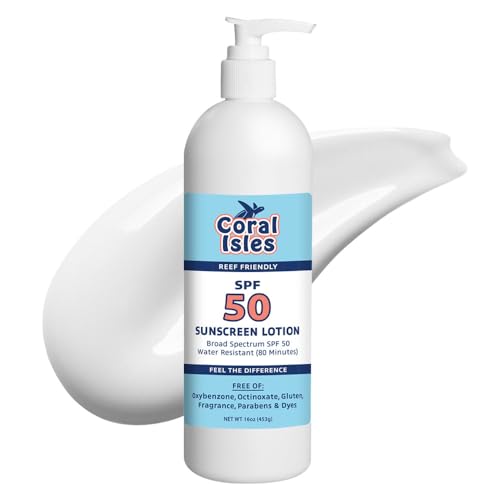Ocean Drive
Italian Reefkeeper
Hello my friends,
I want to hand a question about DSB.
What do you think about a sand bed composed by lower layer of CaCO3 (Calcium Carbonate) and the upstairs by Aragamax? The lower will be Calcium Carbonate 600 micron sized, different size of sugar size.
Thanks and greetings from Italy.
Carl
I want to hand a question about DSB.
What do you think about a sand bed composed by lower layer of CaCO3 (Calcium Carbonate) and the upstairs by Aragamax? The lower will be Calcium Carbonate 600 micron sized, different size of sugar size.
Thanks and greetings from Italy.
Carl
Last edited:
























































